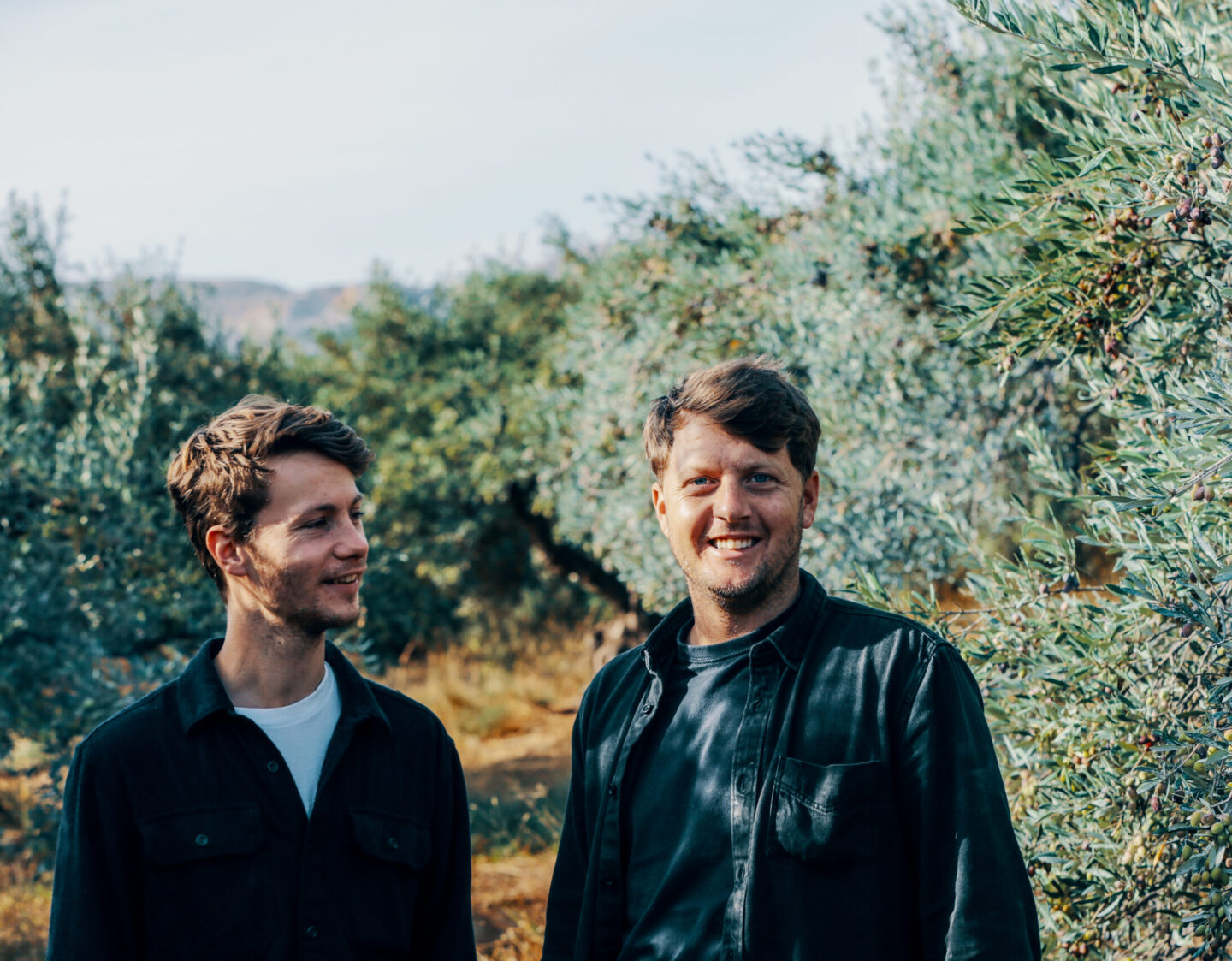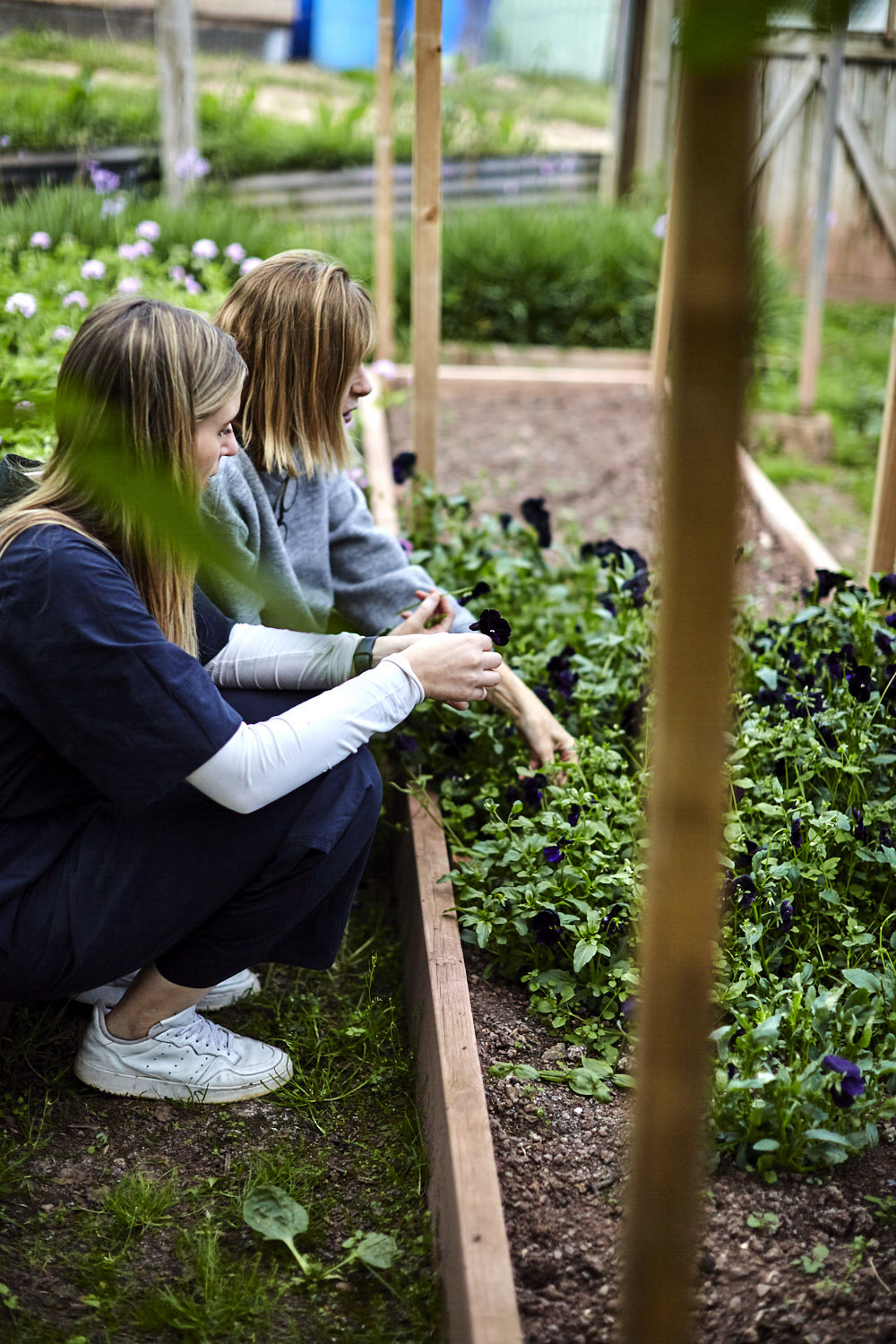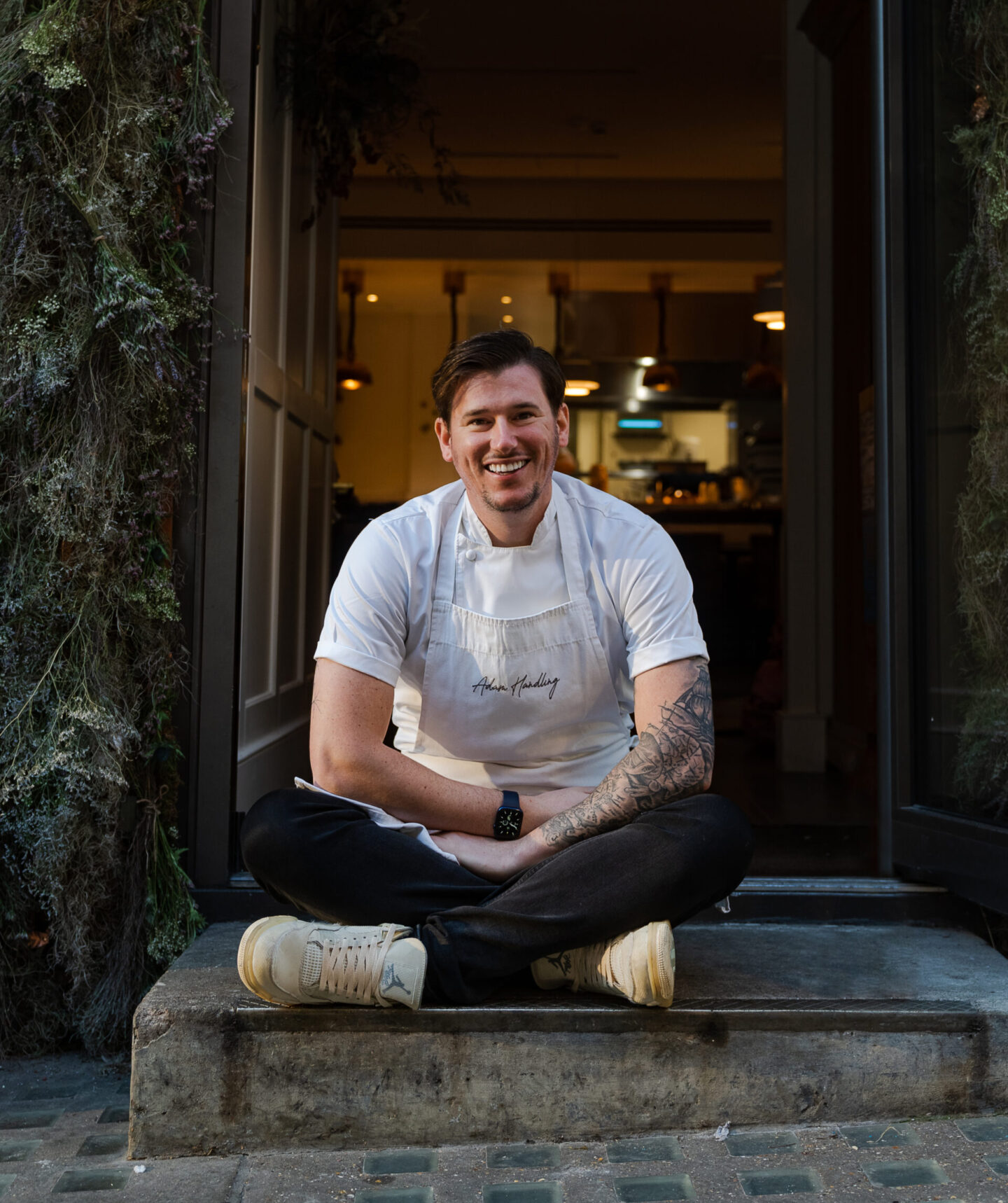Chefs need to understand the differences in growing methods and products.
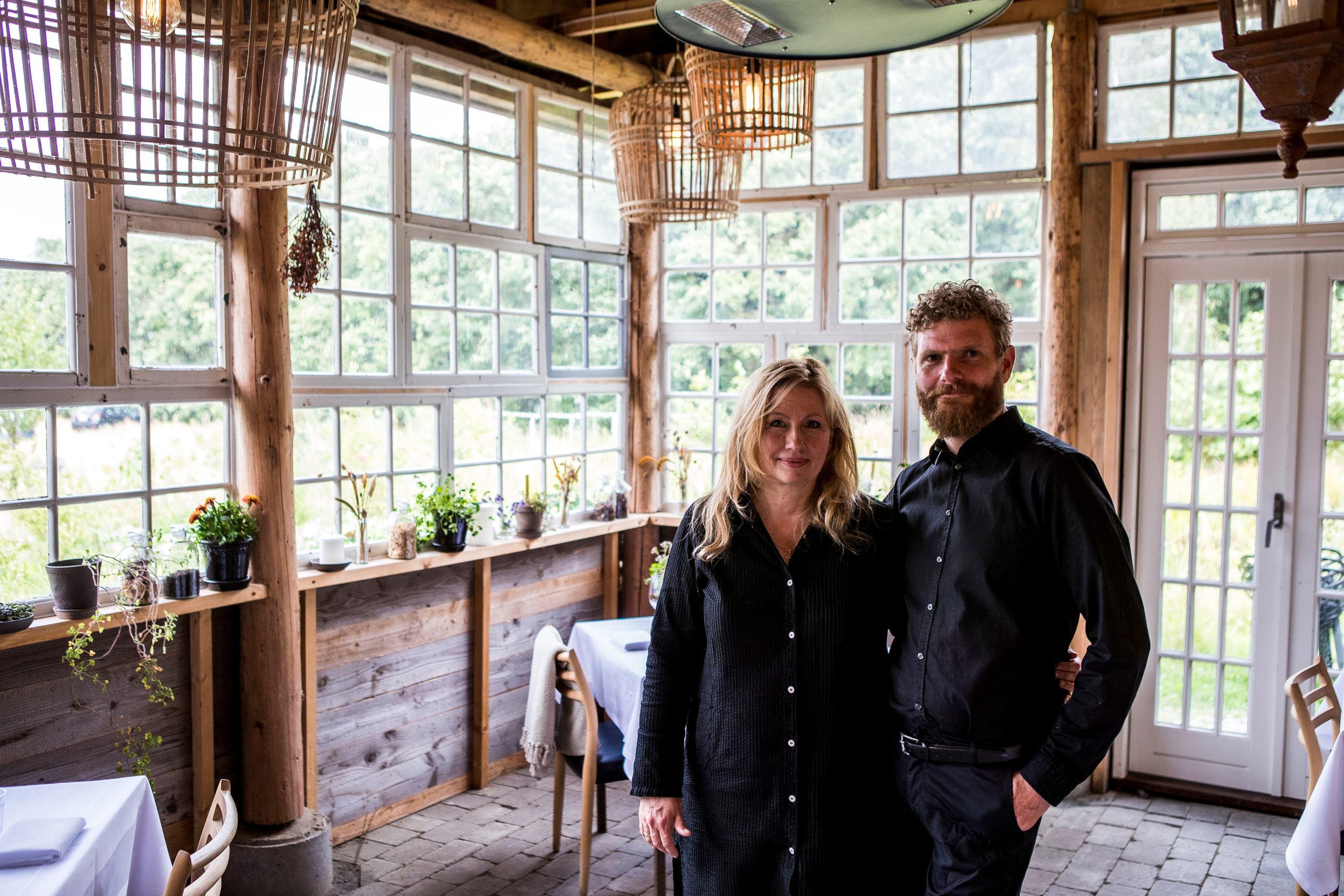
The restaurateurs Rikke and Morten. Photo: Lasse Lagoni
Restaurant Moment, Rönde
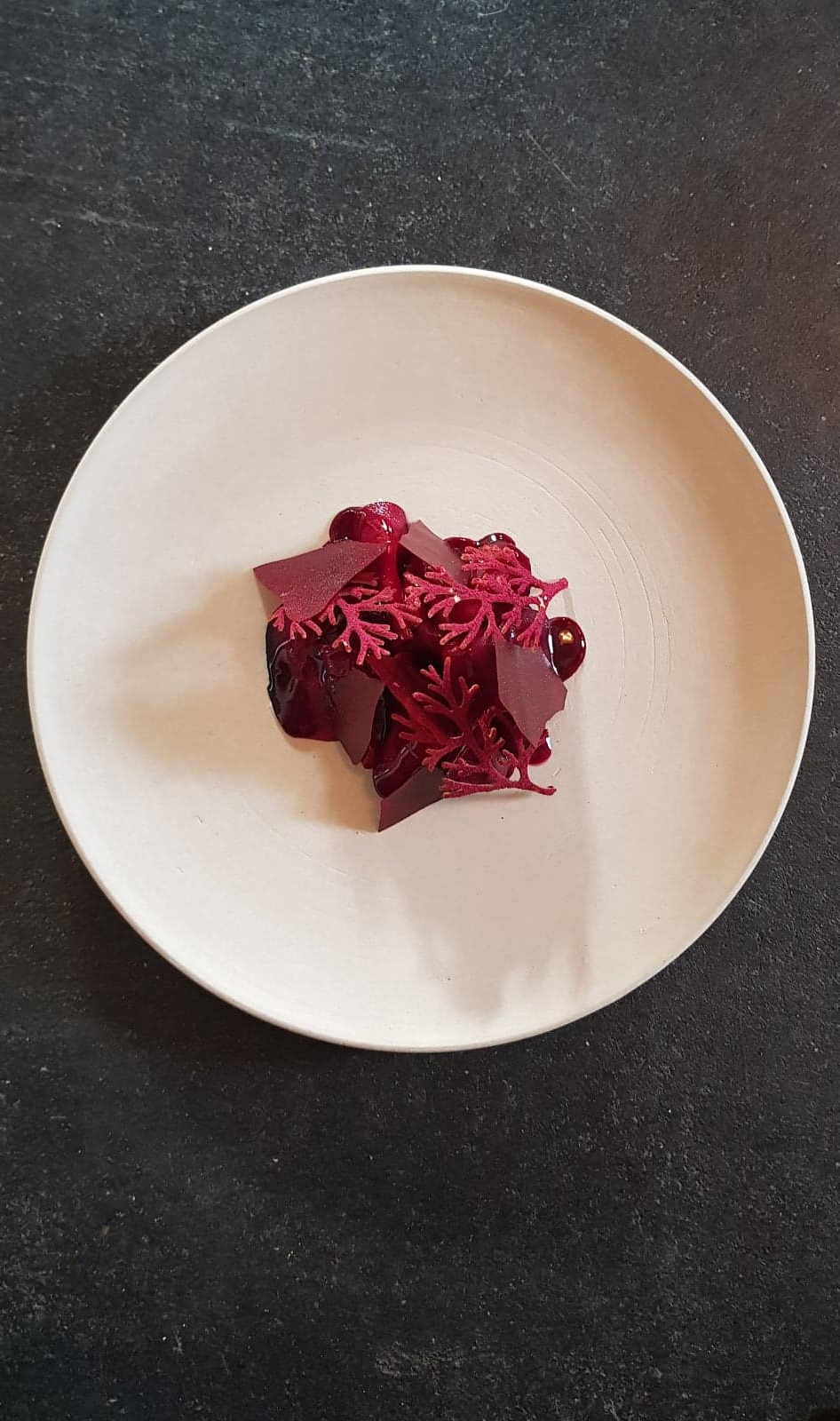
Briefly tell us how you work with sustainability at Moment
We have a written sustainability policy. All staff members—chefs and waiters—are instilled with our opinions and thoughts about sustainability and are trained in all practices, including composting, the storing of waste, etc. This is integrated into all daily routines, and not some”abstract ideal”.
How much of the menu is organic produce?
100 percent—in the sense that nothing is conventional. However, we do not have an “Ø”-sign (the Danish sign for organic produce). Not because we couldn’t have it, nor because we are against organic certification. However, we insist that production should be much more ambitious than organic (i.e.just avoiding a number of toxic interventions in the field). From a biological perspective, much organic production is still a “desert”, without natural ecosystems and diversity. Instead, we try to promote forest gardens and similar types of alternative production that have complete or partial ecosystems. Our own garden is an example of this. To be clear, we certainly support organic production over conventional production. However, we are against the widespread idea that organic production solves all problems related to sustainability. As we see it, it’s just a first step.
Do you make any food from scratch?
We make close to everything from scratch—including vinegar, oils, some cheeses, butter, vermouth, etc. What we do not make, we try to get from our immediate surroundings, e.g. milk from our local agricultural school.
Does your staff undergo sustainability education? If so, how often?
Not as a “course” or a formalized “program”—but it is part of the everyday routine. Waiters must understand details about sustainability in farming methods, gastronomy, and the construction of the building, so they can communicate those aspects to the guests. Likewise, chefs need to understand—and will naturally grasp when working here—the differences in growing methods and products.
